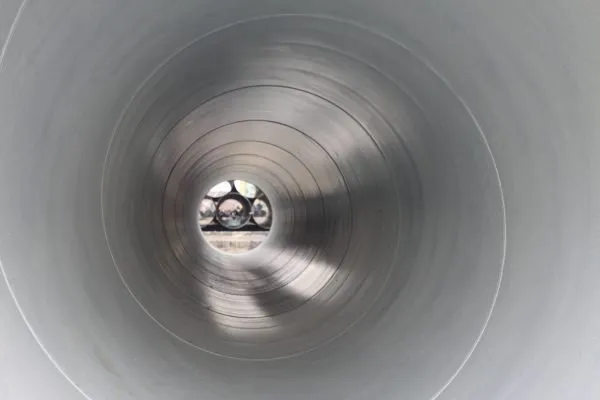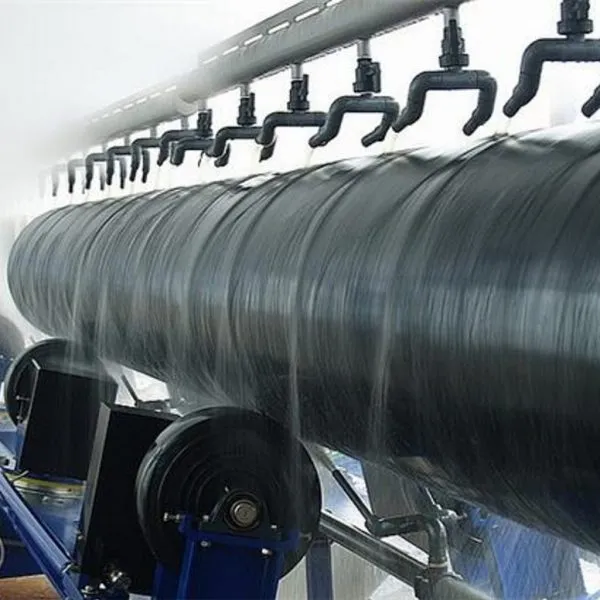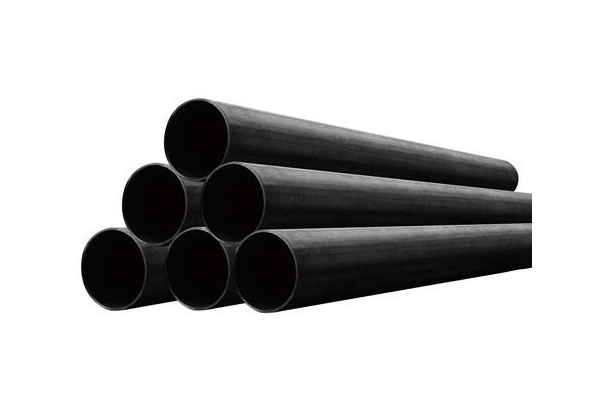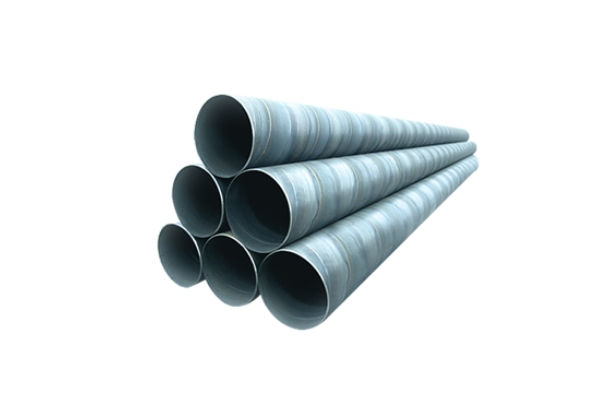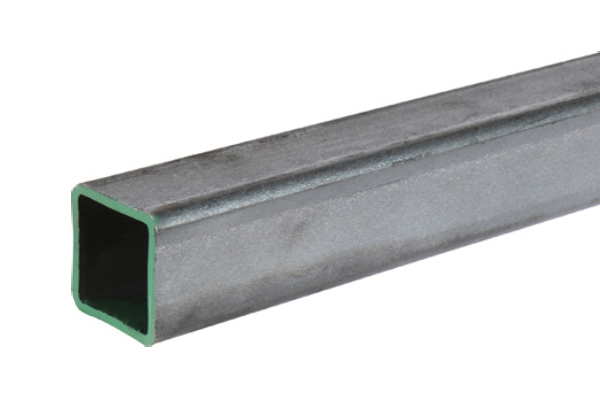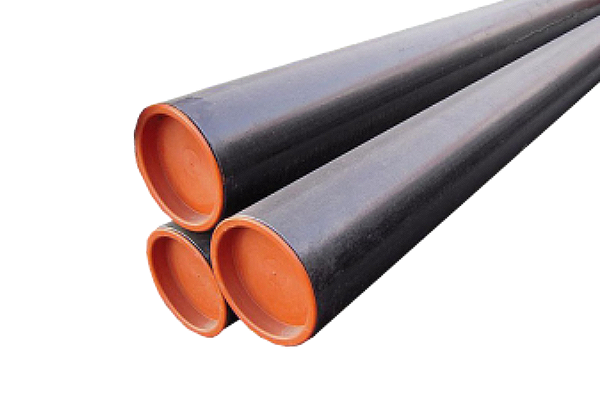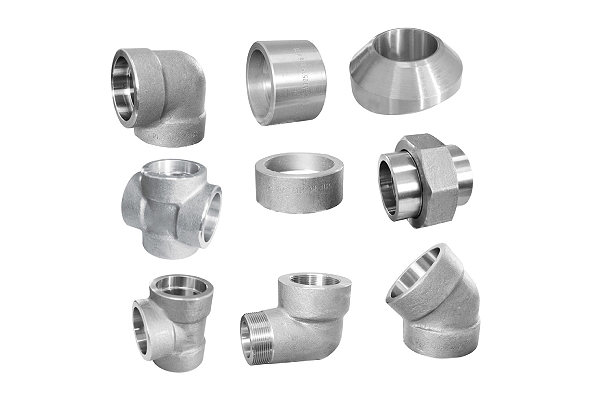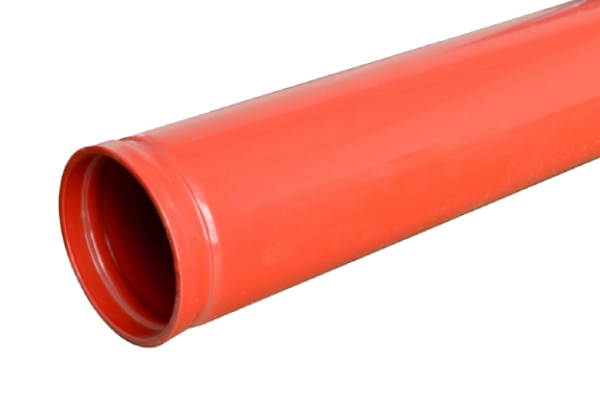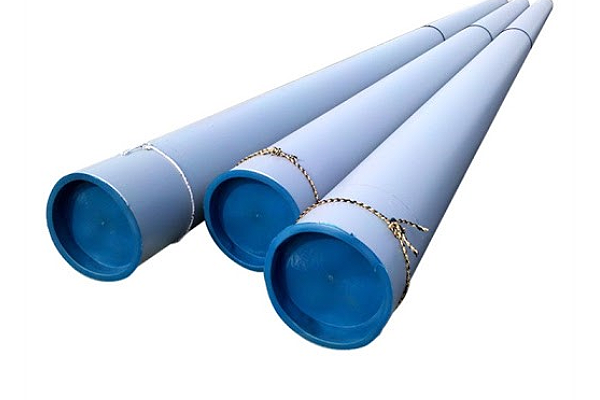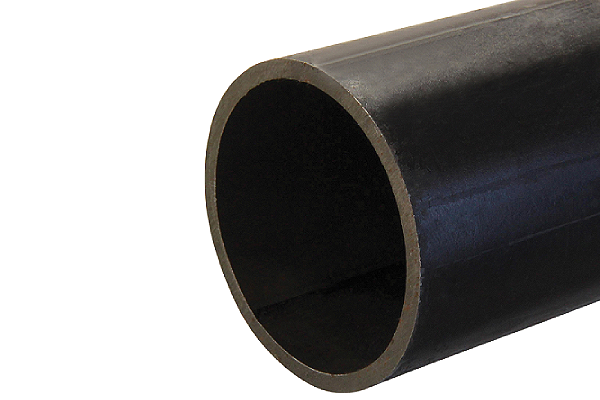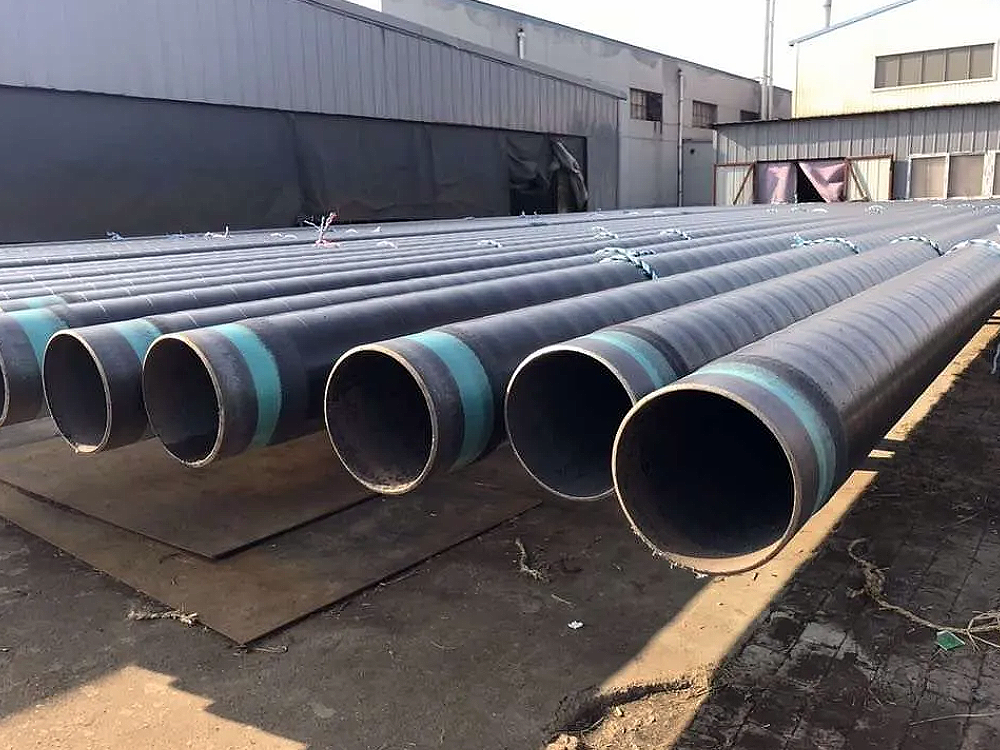
carbon steel pipe coating
UNIASEN offers various steel pipe coating services. Coated pipes are steel pipes with a special protective layer applied to both the inner and outer surfaces.
Common coatings include hot-dip galvanizing, polyethylene (PE) coating, polypropylene (PP) coating, and epoxy resin coating. These coatings offer corrosion resistance, wear resistance, insulation, and better mechanical strength. This boosts fluid transport efficiency and extends service life. We offer sizes with outer diameters of 1/8 inch and above, and our products comply with standards such as API 5L, ASTM A53, and ASTM A795.
We will customize the product according to your order. Please contact us directly for inquiries!

